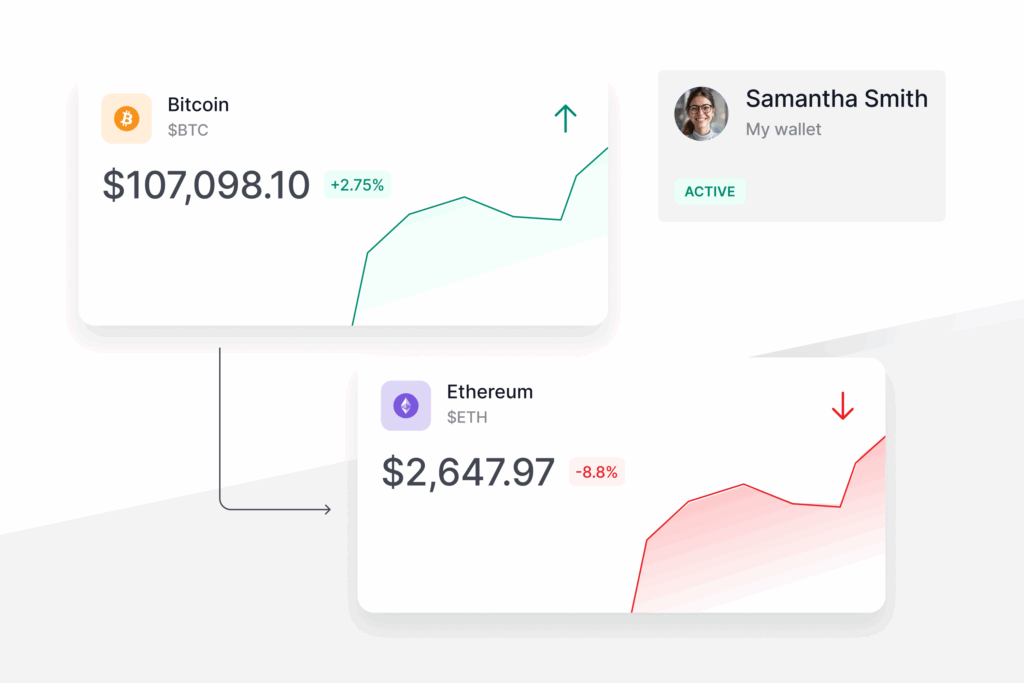
FEATURED ARTICLE
Tax Planning for Realized Gains and Ordinary Income
Tax planning strategies for realized gains and ordinary income

Tax planning strategies for realized gains and ordinary income


Mark is a successful 37-year-old entrepreneur with a $65 million net worth who is looking to minimize his taxes. In this article, we’ll walk through his situation, goals, and plans, and explain the logic behind each potential tax strategy.
For reference, as of July 4, 2025 – when the One Big Beautiful Bill Act (OBBBA) was signed – any QSBS issued after that date enjoys a higher exclusion cap. QSBS issued on or before July 4, 2025 is still capped at $10 million (or 10× your investment basis). Beginning after July 4, 2025, the cap increases to $15 million (or 10× basis, whichever is greater). Let’s assume Mark’s stock was issued befor July 4, 2025.
Tax strategies have to be tailored to an individual’s circumstances and objectives. Since every individual’s circumstances and objectives are different, what makes sense for one person might not make sense for another. At the same time, there tends to be best practices given an individual’s net worth, liquidity, family situation and financial goals. That’s the idea behind Valur’s guided planner tool.
In Mark’s case, by pursuing three tax-efficient strategies, he’ll be able to more than double – and perhaps triple, depending on how long he lives – the amount of wealth that he is able to leave to his children.
Now that we have the basics on his situation, let’s review his goals in order of priority.
Given his situation and goals, here’s what he’s moving forward with:
First, Mark is setting up a five-year charitable remainder unitrust (“CRUT”) and will transfer around $10 million of the QSBS-eligible stock to it. A CRUT is a trust that distributes to the grantor (Mark) a predetermined percentage of the trust’s assets each year until the end of the trust’s term, at which point the remaining ~10% of the trust’s assets pass to a charity (or charities) that Mark chooses. Income generated inside a CRUT is tax deferred until it’s distributed to the grantor, though in Mark’s case the real value of the CRUT is its ability to qualify for its own $10 million QSBS exclusion.
Since the trust will qualify for its own $10 million capital gains exclusion thanks to the QSBS rules, there won’t be any capital gains tax when Mark sells the stock. Mark will receive about 90% of the principal, plus investment returns, back over the course of the five-year term. Only the investment returns (the growth on the assets above $10 million) will be subject to tax, and that tax will be deferred. Mark will also get a $1 million charitable income-tax deduction to offset his other income (which is worth about $500,000 to him today) and contribute about $1.3 million to a charity of his choice at the end of the CRUT’s term. After five years, Mark will personally have about $3 million more than he would have had without the CRUT. That initial gain will compound over the course of Mark’s lifetime.
Second, Mark is setting up a non-grantor trust in South Dakota and transferring about $5 million of stock to it. This will leave Mark with about $10 million of stock in his own name, so that he can claim his full personal QSBS exclusion. A non-grantor trust is a type of trust that is treated as a separate taxpayer for income-tax purposes. As a separate taxpayer, the trust will also qualify for its own QSBS exclusion.
In addition, since the trust will be a tax resident of a state with no income tax, like South Dakota or Nevada, future investment returns will also be exempt from state tax. The gift of stock will consume a portion of Mark’s $13.61 million lifetime gift tax exemption, though it will likely use less than $5 million. It will likely be appraised for about $3.5 million for gift-tax purposes due to it being a non-public stock that controls a minority of the company, which will leave Mark with a little over $10 million of unused gift-tax exemption.
Mark will lose direct access to the $5 million of stock in the non-grantor trust (he could borrow money from the trust but the interest will be taxable), and he won’t be able to act as trustee himself. But in return, he and his family will realize a number of substantial benefits. Mark will dictate the terms of the trust, including the identity of the beneficiaries and the trustee. He will name his parents and future descendants as beneficiaries, so that if they need anything, there’ll be a way to support them without any tax consequences. The trust will also be protected from Mark’s creditors. The trust will be permitted to invest in Mark’s next startup or whatever else Mark wants the trust to invest in. Most importantly, Mark will save his heirs $1.6 million of federal and state capital gains tax on the sale of his business now due to the additional QSBS exemption, plus he will avoid future state income taxes on the investment returns inside the trust, and because the appreciation will be outside of Mark’s estate for gift and estate tax purposes, upon his death this trust will save his heirs even more money on estate taxes. In other words, this strategy allows Mark to (a) get an additional QSBS exemption to avoid federal and state taxes now, (b) avoid state taxes in the future, and (c) avoid losing 40% or more to estate taxes.
Third, Mark considered two strategies for reducing the income tax liability generated by his alternative investments. Many alternative investments, like hedge funds and private credit, generate high returns along with significant ordinary income tax liability. Someone like Mark is likely paying close to — or more than — a 50% effective tax rate on that income. The two options he considered:
Mark selected the PPLI option. He will be able to borrow from the policy and his future spouse can receive distributions from it as well, though ideally he will leave the investments alone to appreciate tax free.
Tax planning strategies — which includes strategies for minimizing income tax as well as strategies for minimizing estate tax, gift tax and other taxes — involve tradeoffs. Most tax strategies involve putting away a portion of the taxpayer’s assets in a trust or some sort of investment structure that limits the taxpayer’s control and/or access to the transferred assets. There are also occasional tradeoffs between income-tax minimization and estate-tax minimization. Often, the most income-tax-efficient strategy is suboptimal from an estate-tax perspective, and vice versa, which is why it’s important to understand your goals.
There is more that Mark could do:
He could set up an additional CRUT, transfer appreciated assets to it, and then sell the assets inside of the CRUT — he’d eventually have to pay the capital gains tax on the sale, but the tax would be deferred for years.
He could create zeroed-out GRATs and put publicly traded stocks in them — if the stocks appreciate, the excess returns above the IRS hurdle rate would pass to his beneficiaries free of gift tax.
He could also set up intentionally defective grantor trusts outside of his estate, transfer income-producing assets to them, and then pay the trusts’ income-tax bills — doing so would transfer assets out of his estate, but the IRS wouldn’t consider the payments to be gifts for gift-tax purposes. These strategies are covered elsewhere but are beyond the scope of this article. You can read more about them in our Learning Center.
Mark is obviously very fortunate, and even without tax planning he would be in a position to leave a large legacy to his family. But with smart tax planning, he can turbocharge that legacy. Valur is here to help.
We’ve built a platform that makes advanced tax planning – once reserved for ultra-high-net-worth individuals – accessible to everyone. With Valur, you can reduce your taxes by six figures or more, at less than half the cost of traditional providers.
From selecting the right strategy to handling setup, administration, and ongoing optimization, we take care of the hard work so you don’t have to. The results speak for themselves: our customers have generated over $3 billion in additional wealth through our platform.
Want to see what Valur can do for you or your clients? Explore our Learning Center, use our online calculators to estimate your potential savings or schedule a time to chat with us today!